The world of digital advertising is undergoing a seismic shift as cutting-edge technologies like augmented reality (AR) revolutionize brand-consumer interactions. Google Ads has embraced these next-generation formats, equipping marketers with powerful new tools to break through the digital noise and inspire action.
However, knowing when to use these technologies is key—they require strategic planning to maximize their impact. This article explores the best scenarios for incorporating immersive ads into your Google Ads campaigns and how they can enhance performance.
Showcasing Products in 3D for Better Visualization
Product visualization is one of the most potent applications of immersive technology in Google Ads. Brands can use 3D models or AR to let users interact with products before purchasing. This is especially valuable for e-commerce, where customers want to “try before they buy.”
For example, fashion brands can allow shoppers to try on sunglasses or makeup virtually, while furniture retailers can use AR to help customers visualize how a couch or lamp would look in their home. Automotive companies can also benefit by offering 360-degree views of car interiors. A Google Ads agency with expertise in immersive ads can help integrate these features smoothly, ensuring a seamless user experience.
Boosting Engagement in Competitive Markets
Immersive ads can hold attention longer and increase the likelihood of conversions, making them a powerful tool in crowded markets. Travel companies, for instance, can use 360-degree videos to showcase hotel rooms or destinations, giving potential customers a more vivid preview.
Real estate agencies can launch virtual property tours directly within ads, allowing buyers to explore homes before scheduling in-person visits. Similarly, gaming and entertainment brands can leverage AR filters or VR previews to generate excitement.
Targeting Tech-Savvy Audiences
If your target audience includes younger, tech-savvy consumers like Gen Z and Millennials, immersive ads – such as AR and VR experiences – can be a powerful way to boost engagement and brand interaction. These demographics are more likely to respond positively to cutting-edge formats, making immersive campaigns a high-potential strategy.
To measure effectiveness, run A/B tests comparing traditional ads against immersive versions. Leveraging A/B testing tools like Google Optimize, Optimizely, or VWO can help you determine which format resonates best. Track key metrics such as interaction rates and dwell time via Google Analytics, and supplement quantitative data with qualitative insights from user surveys or heatmaps.
Reducing Return Rates with Better Product Understanding
A well-optimized single campaign leveraging immersive technology can bridge this gap, improving campaign performance while cutting down on returns. For instance, fashion retailers can integrate AR try-ons in their digital marketing agency-managed ads, allowing shoppers to visualize clothing and accessories in real time—a campaign with hands-on interaction boosts confidence in purchase decisions.
Home furnishing retailers can take it further with augmented reality placement, letting customers project true-to-scale 3D models of sofas, tables, and decor into their living spaces via smartphone cameras. This ensures business products meet buyer expectations.
Conversion tracking should measure how immersive ads impact return rates and sales to maximize effectiveness. Pairing these strategies with relevant keywords in ad targeting ensures the right audience engages with these interactive experiences, driving satisfaction and revenue.
Enhancing New Product Launches
Immersive ads are a powerful tool for enhancing new product launches, allowing potential customers to engage with offerings interactively and memorably. For instance, a cosmetics brand could leverage AR to enable customers to try on different lipstick shades virtually. At the same time, a tech company might use VR to give customers an immersive preview of a new gadget’s features.
These experiences generate buzz and reduce purchase uncertainty by letting consumers “test” products before buying, leading to higher confidence and conversion rates. Additionally, the shareable nature of immersive content amplifies organic reach as users post their interactions on social media.
By incorporating artificial intelligence (AI), brands can further personalize these experiences, using AI-driven recommendations or adaptive content to enhance engagement. Marketers should track performance through interaction metrics and user feedback to maximize impact and ensure the campaign resonates with the target audience.
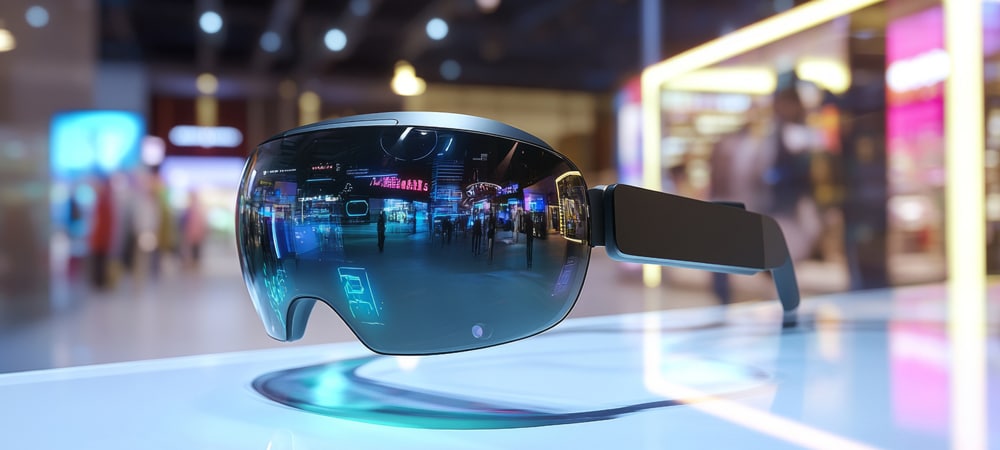
Frequently Asked Questions (FAQ)
1. What campaign types support immersive ads in Google Ads?
Immersive ads (AR, 3D, and 360° experiences) are best suited for display campaigns and search campaigns with interactive extensions. App Campaigns can also leverage immersive previews for app demos.
2. Can I use immersive ads in Google Search?
While traditional Google Search relies on text and static visuals, immersive elements like AR try-ons or 3D previews can appear as ad extensions or in Shopping ads for compatible queries.
3. Should I use broad match keywords with immersive ad campaigns?
For Search Campaigns, broad match can help capture exploratory queries (e.g., “virtual makeup try-on”), but pair it with negative keywords to avoid irrelevant traffic.
4. How do I align immersive ads with my campaign goals?
Choose campaign subtypes based on objectives:
- Brand awareness: 360° videos or AR filters in Display Campaigns.
- Conversions: 3D product ads with direct purchase links.
- Engagement: Interactive AR experiences in social or Discovery ads.
5. What’s the best bidding strategy for immersive ads?
- Maximize clicks: For awareness.
- Target CPA or cost per conversion: For sales-driven campaigns.
- CPM: For broad reach with Display/Video ads.
6. How do I target the right audience segment?
Focus on tech-savvy audiences (Gen Z/ Millennials) or intent-based segments (e.g., “home decor shoppers”). Use audience segment tools like affinity audiences or in-market buyers.
To fully leverage AR, VR, and 360-degree videos in Google Ads, apply the strategies shared with purpose and precision. Start small, refine your approach, and let innovation guide you toward standout campaigns and stronger customer connections.


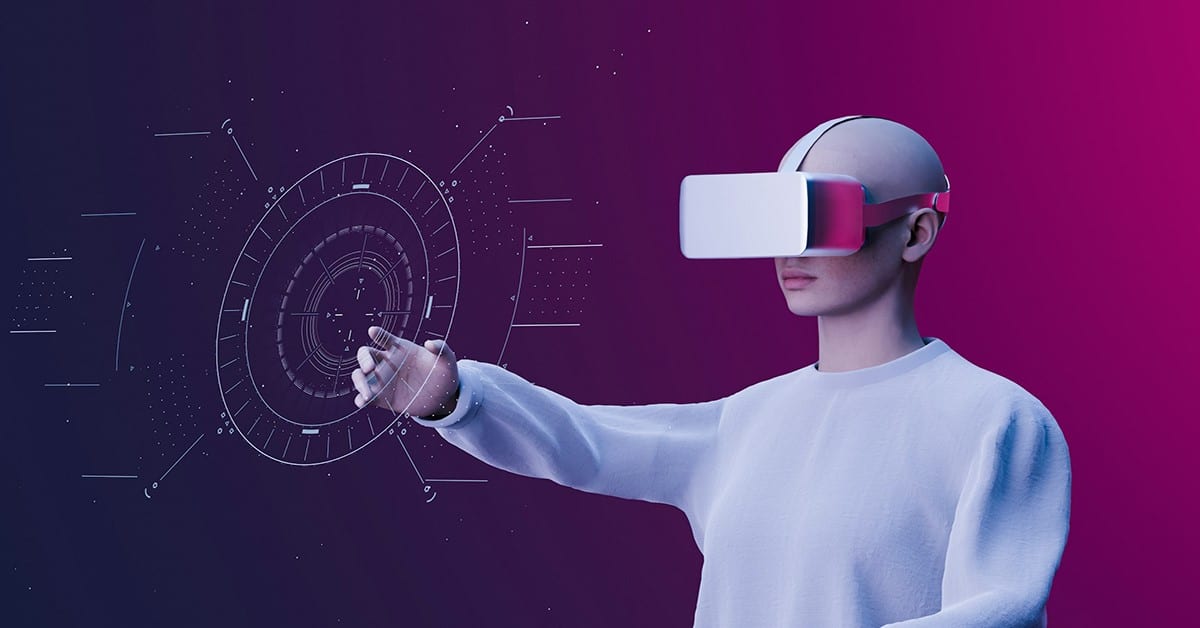
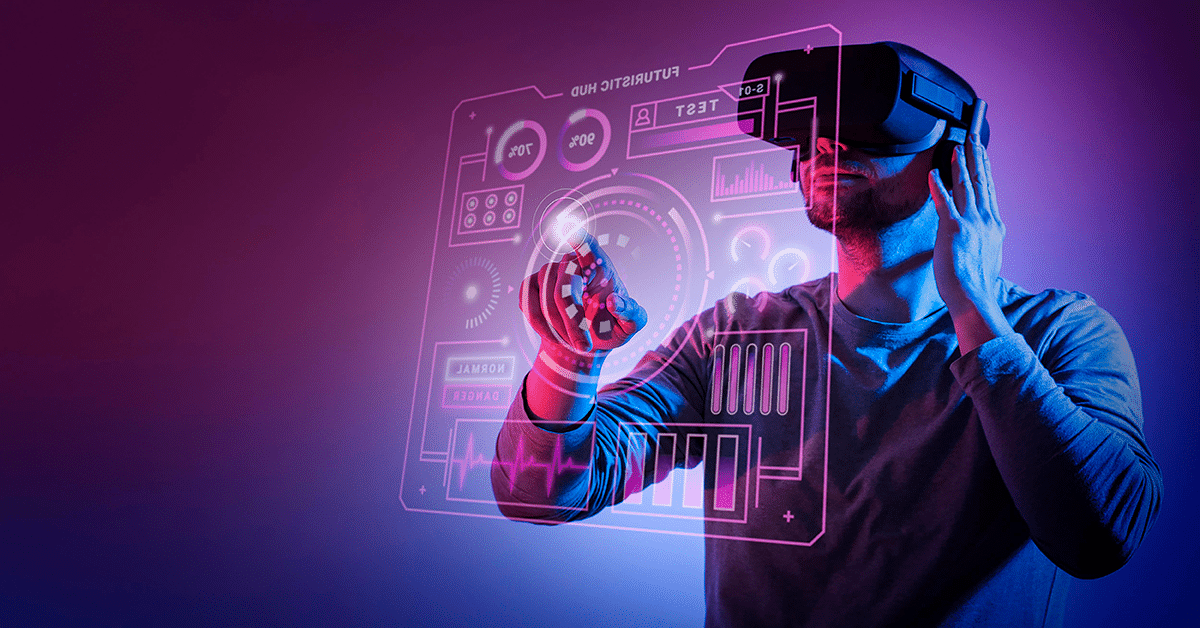

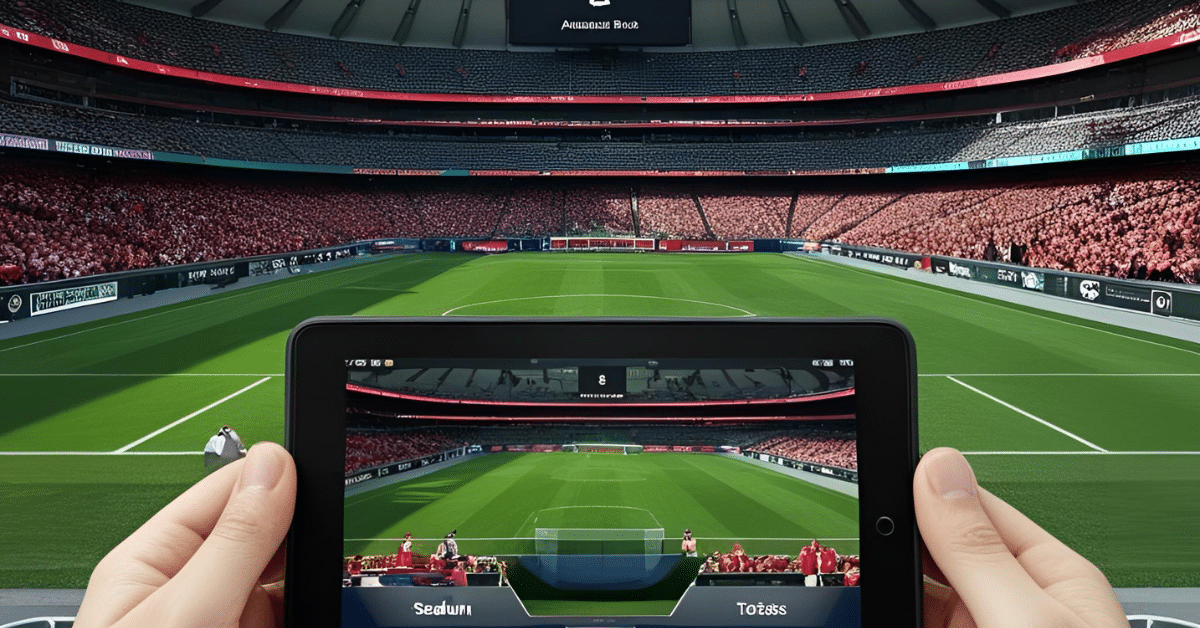
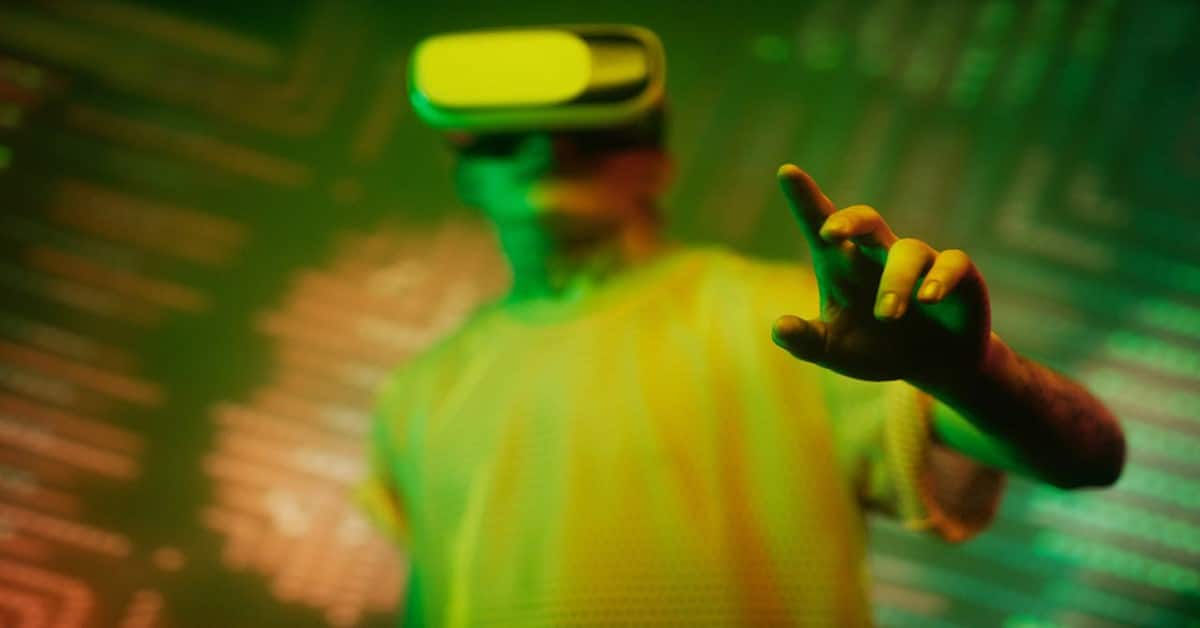


Leave A Comment